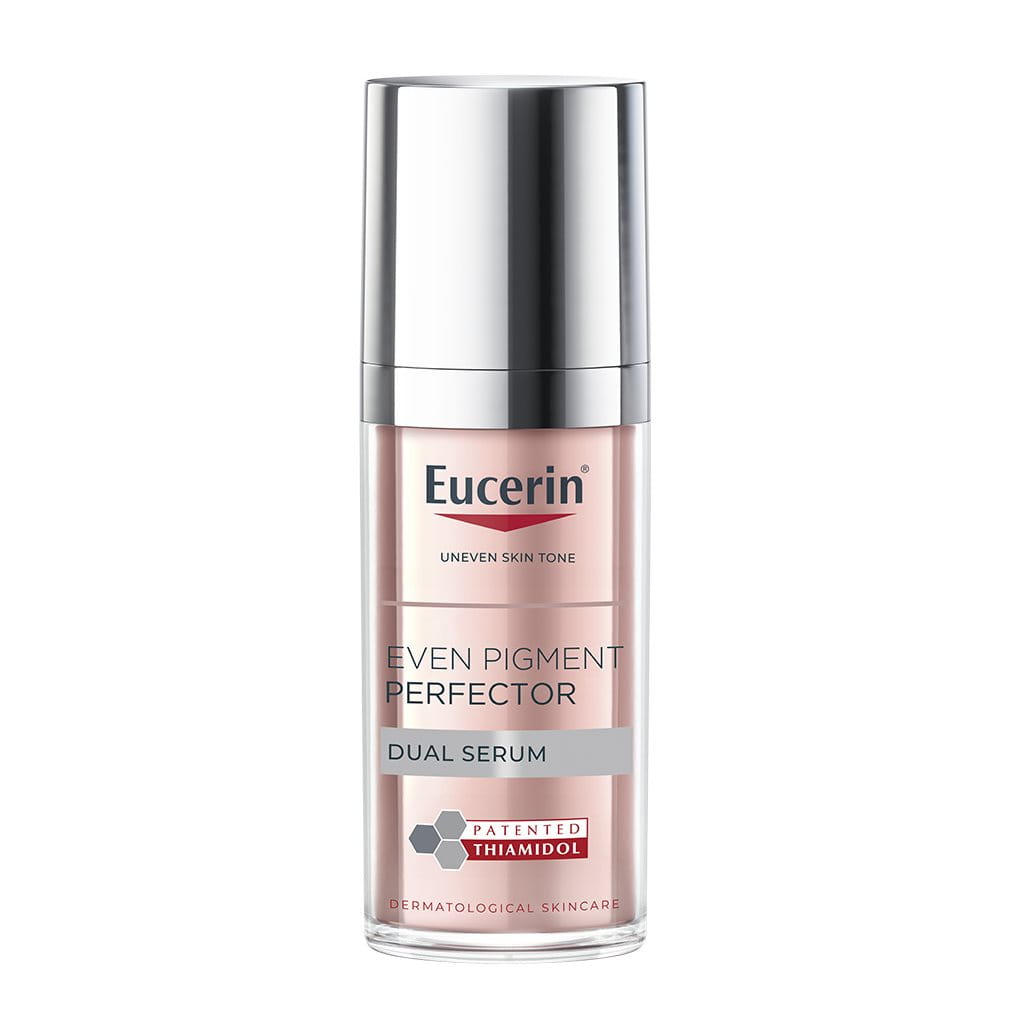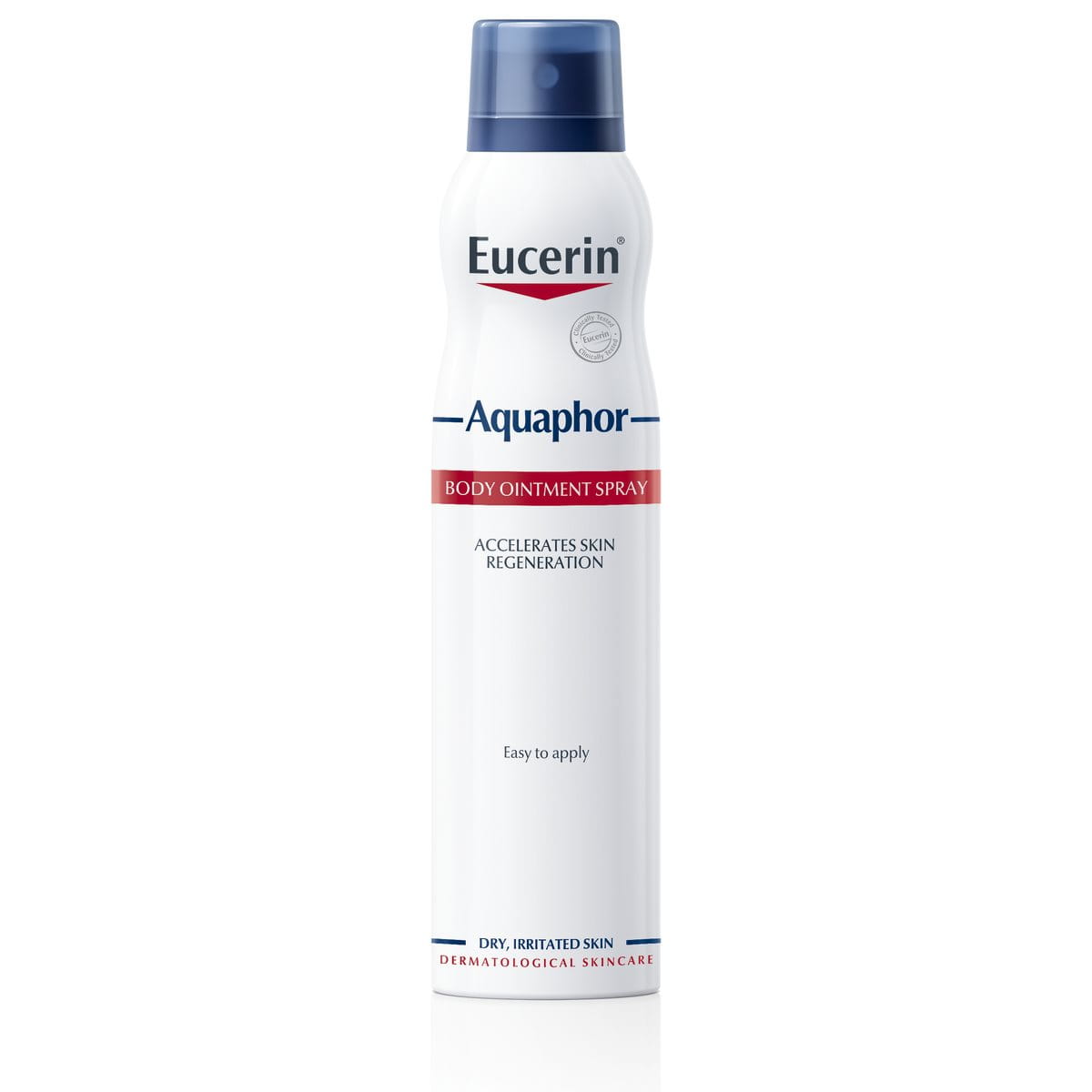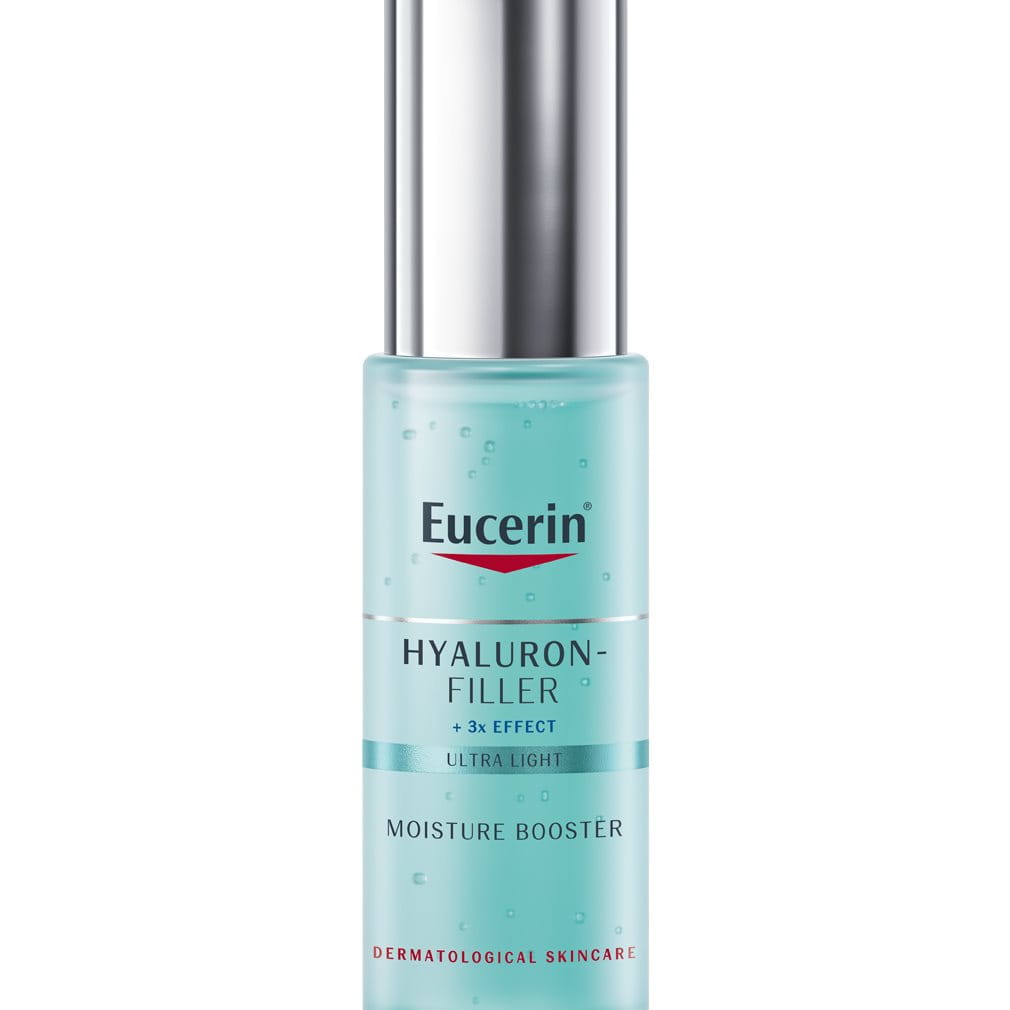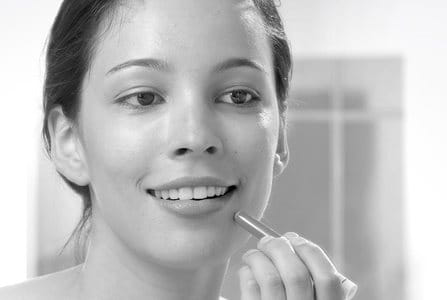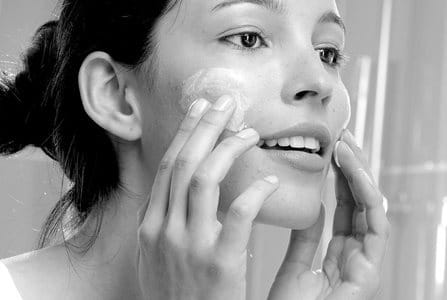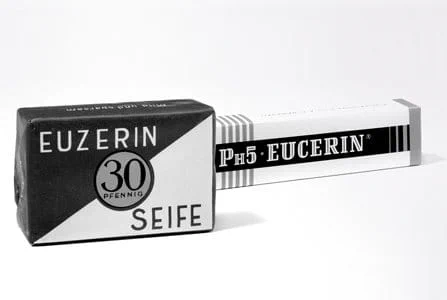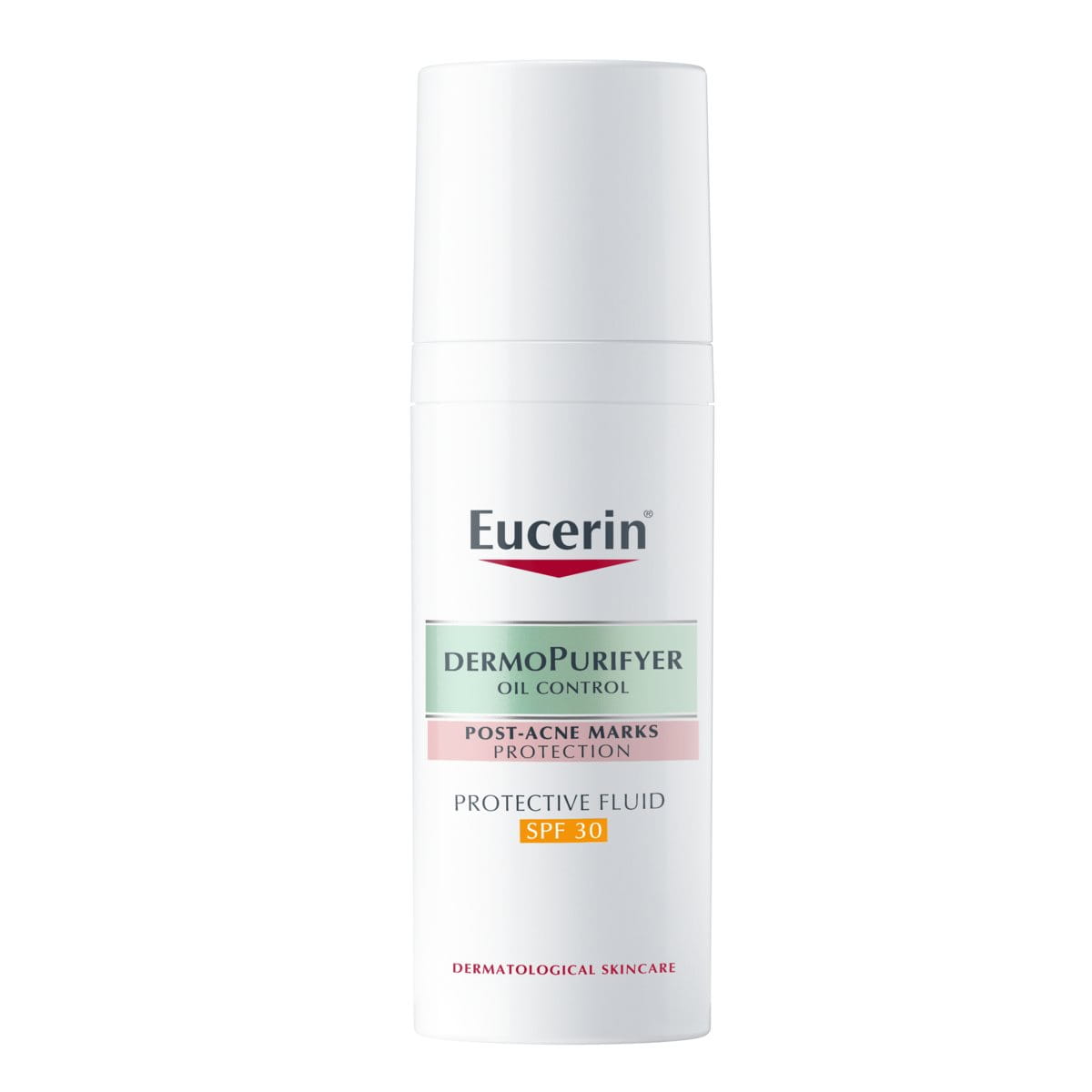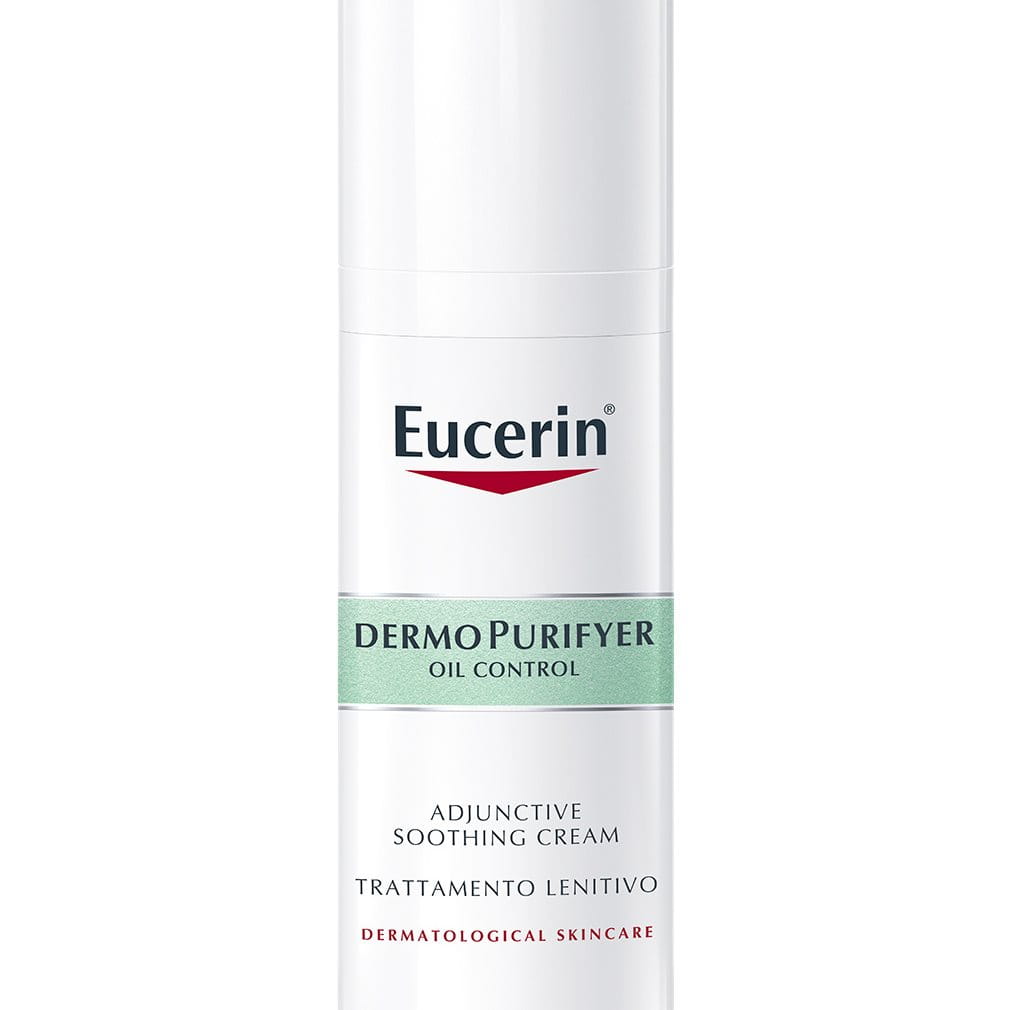حول / عن
اقرأ المزيد عن منتجنا
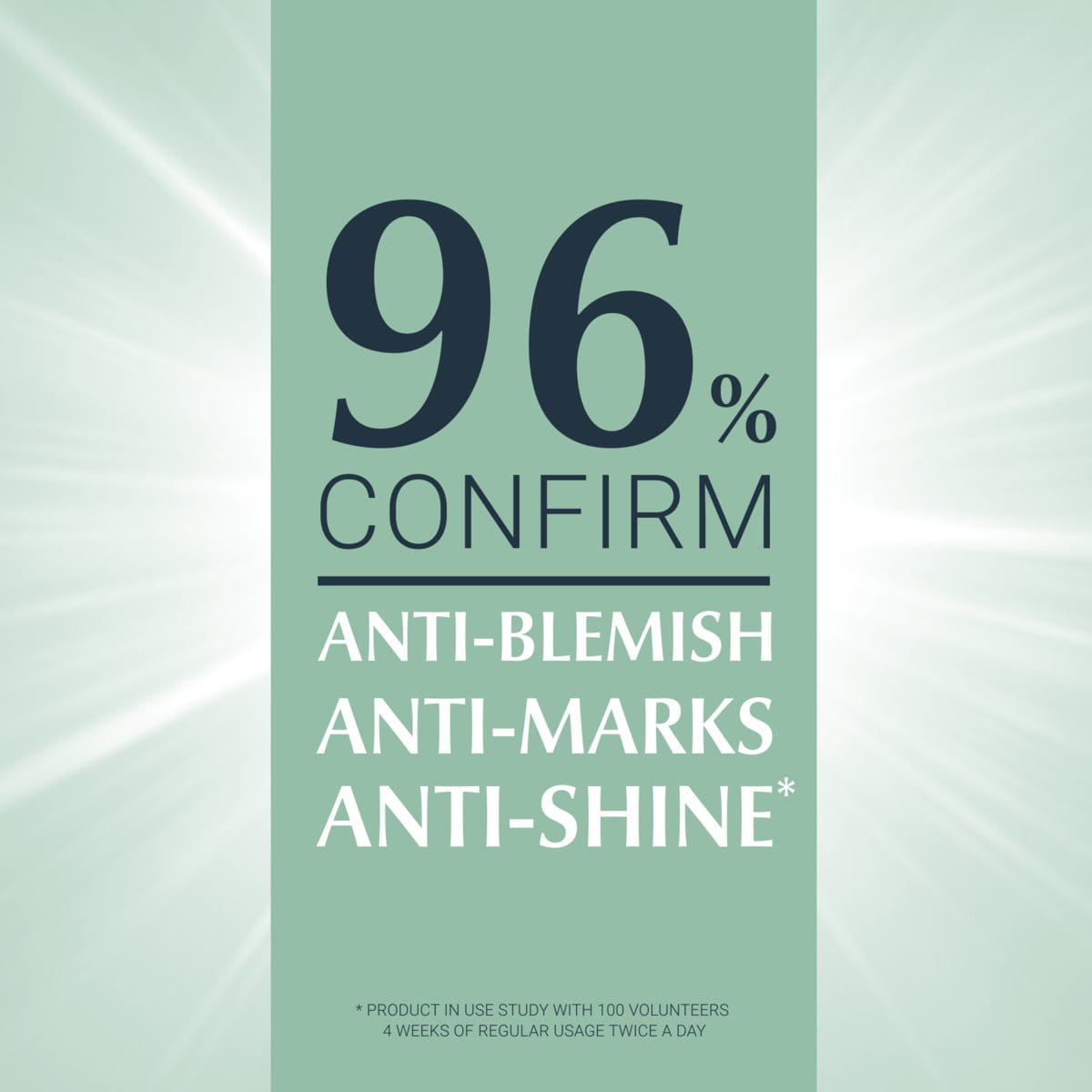
النتائج الرئيسية
What are post-acne marks (post-inflammatory hyperpigmentation or PIH for short)?
PIH is a type of hyperpigmentation of the skin that is mainly triggered by the way skin regenerates after inflammation. It can affect the face and body, especially UV-exposed areas, and appears as flat spots of hyper-colouration. These range in colour from pink to red, brown or black, depending on skin tone and the depth of hyper-colouration. The root cause is increased melanin production, the pigment that defines the colour of a person’s skin, which is stimulated by inflammatory factors. The blemish triggers melanocytes – the melanin-producing cells – to release excessive melanosomes (pigment granules). The excessive pigment granules darken and discolour the formerly stressed area. Once initial blemishes have subsided, spots of hyper-colouration, so-called post-acne marks, can remain.
Additionally, sun exposure can aggravate PIH symptoms, darkening the affected patches and prolonging the time it takes for them to fade. Most acne-related PIH will eventually fade over time, but it can take several years or even a decade until it is fully gone*.
*Abad-Casintahan, F. et al., “Frequency and Characteristics of Acne-Related Post-Inflammatory Hyperpigmentation.” J Dermatol. 2016; 43:826–828.
Who is affected by post-acne marks?
Post-inflammatory hyperpigmentation is common among many acne sufferers since a root cause for acne is inflammation. Those post-acne marks left behind after blemishes subsided can be even more aggravating and emotionally distressing than acne itself. People are equally susceptible, and all skin types can get post-inflammatory hyperpigmentation, although it is more prevalent in darker tones of skin, with over 65% of the Black Americans experiencing it, followed by 53% of Hispanics, 47% of Asians and 25% of Caucasians*. This means that we need effective and tolerable skincare fighting both blemishes and post-inflammatory hyperpigmentation for consumers all over the world.
* Kaufman et al., Am J Clin Dermatol. 2018; 19:489–503, Perkins et al., JEADV. 2011; 25(9):1054–1060.
How frequent are post-acne marks?
Up to 87% of the people who suffer from acne are also affected by post-acne marks. This is a big cause of stigmatisation and often becomes a huge part of those suffering from acne.
That is why Eucerin's global social mission aims to promote social inclusion of individuals and groups of all ages affected by dermatological conditions. It's important to remember that acne is a common condition that affects many people, and there is no shame in seeking help or treatment.
For a link to our study showing the effects of post-acne hyperpigmentation on happiness and confidence, click here.
How can post-acne marks be prevented?
PIH is mainly triggered by the way skin regenerates after an inflammation. To prevent it, though there are no guarantees, avoid picking at or pressing your pimples. The best prevention is, however, to target acne-related PIH at the root, meaning preventing blemishes from appearing and getting inflamed. Use an effective cleanser like the Eucerin® DermoPure Triple Effect Cleansing Gel.
Additionally, sun exposure can aggravate PIH symptoms, so we recommend sun protection. Limit the time you spend in the sun and keep out of the sun during its most intense hours. Wear protective clothing and sun hats whenever possible and apply a sun protection factor of at least 30, to protect marks from darkening and help prevent new marks from appearing by using specialized skincare like Eucerin® Dermopure Protective Fluid SPF 30.
What are AHAs?
AHA stands for alpha-hydroxy acid. At Eucerin, we use the AHA Glycolic acid, an acid originally derived from sugar cane. This peeling acid has a very small molecular size, makes skin smoother, more even and opens pores, without compromising on barrier structures of the skin.
It promotes exfoliation by reducing cell adhesion in the epidermis and increasing cell turnover. Furthermore, it increases the biosynthetic capacity of collagen and builds support structure in the dermal matrix to reduce wrinkles and fine lines.
اقرأ المزيد عن منتجنا
